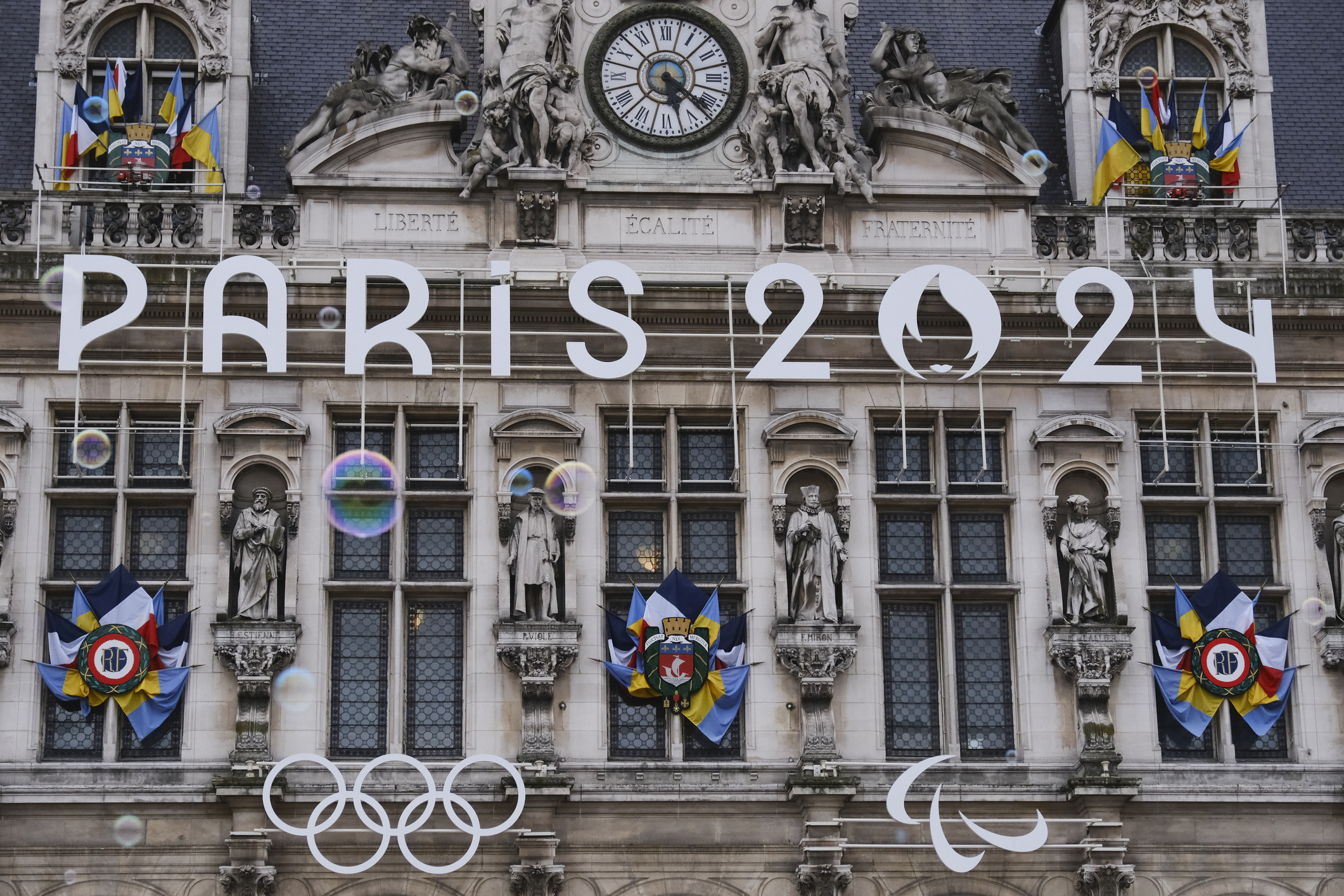History of Tech at the Olympic Games
By the CompTIA Spark editorial team
Across time and nations, athletes and fans alike come together for a global event that represents the betterment of humankind.
That same philosophy drives technological innovation and the people who pursue it. But the relationship between the Olympics and tech isn’t just a symbolic one. Since the first modern Olympic Games were held in Athens, Greece, in 1896, groundbreaking tech has been par for the course — and it’s been evolving ever since. Below are some highlights of enduring tech advances that made their first appearance at the Olympics.

The changes in technology over the years are an important reminder of how much — and how fast — innovation occurs. The tech we use today won't be the tech we use tomorrow, emphasizing the need to introduce students to tech concepts and skills. After all, they may just be the ones developing next-gen tech tools that we use in 2028 in Los Angeles, 2032 in Brisbane or beyond.
TIMELINE:
1896, Athens
At the first modern Olympic Games, stopwatches were used to determine the winners’ times. These early watches only timed to 0.2 of a second.
1900, Paris
Early film technology was used to analyze the movement performance of the athletes. Chronophotography, which captures movement across several photo frames and can be arranged like an animation, was implemented to enable the analysis of athletes' movements.
1912, Stockholm
An electronic automatic timing system was introduced for track events. The timer was activated by the firing of the starter pistol and stopped manually by each runner’s designated timing official. The system included a photo of the winner as they crossed the finish line.
1920s
The Mikrograph Pocket Chronometer, created by Heuer, was the first stopwatch to accurately keep time to one-hundredth of a second. It became the stopwatch of choice for timekeepers in the 1920, 1924 and 1928 Olympics, until electronic timekeeping replaced it in the 1960s.
1924, Paris
With radio broadcasts becoming mainstream in the early 1920s, the Olympic games were broadcast live for the first time. However, due to the lack of an international broadcasting standard, the broadcast was mostly limited to radio receivers in France.
1932, Los Angeles
The Kirby camera, which took photos of the finish lines and time-stamped each frame, was introduced.
1936, Berlin
The Olympic Games were televised live for the first time and were displayed on large screens throughout Berlin. The events were also covered in 28 languages and in 2,500 broadcasts.
1960, Rome
For the first time, the Olympics were televised globally.
1964, Tokyo
The Games were telecast to the United States using Syncom 3, the first geostationary communication satellite. From there, the signal was transmitted to Europe using Relay 1, an experimental low-orbit communications satellite.
1968, Mexico City
Contact plates were used for the first time for swimming events, and other sports employed infrared beams to determine finishing times. The first Olympic athlete to test positive for a performance-enhancing drug (PED) was also a participant at the Mexico City Games (in this case, alcohol used to steady his nerves). As the technology for testing improved, the number of athletes who tested positive for PEDs increased.
1976, Montreal
Electronic scoreboards were used to display real-time scores.
2008, Beijing
GPS was used for the first time in rowing competitions, allowing viewers to see each race’s progress in real-time. The Beijing Games also saw the arrival of high-definition broadcasts.
2016, Rio
Thanks to underwater robotic cameras, Olympic photographers were given the power to photograph entire swim races and make changes to images in real-time via remote control.
2021, Tokyo
Referred to as the 2020 Olympics, the Tokyo Games ushered in the utilization of 100% renewable energy with solar and wind power for the Olympic Village and competition venues. Small quantities of gold, silver and bronze were recovered from over 6 million publicly donated mobile phones to fashion the 5,000 medals awarded at the Games. Finally, as part of Tokyo 2020’s “Be better, together” concept, 99% of the materials procured during the Games were recycled. Passengers had access to self-driving taxis, whose doors unlocked via smartphone, and robots served as load carriers and interpreters.
2024, Paris
At this 2024 Games, a host of trailblazing tech advances are being showcased, from AI-powered systems, virtual reality and eco-friendly infrastructure to advanced security systems and cutting-edge sports equipment.
[END]
Related article: The Technology Powering the Olympics Showcases a Vast Array of Jobs in Tech
Sources:
Atlanta History Center: Games of the Digital Age
Olympics.com: Fifty-five years ago, Tokyo was already the stage for significant technological advances at the Games!
Hive: Pioneering progress
Silicon Republic: 10 ways technology has changed the Olympics
Topend Sports: Technology and The Olympic Games
University of Florida News: How the 1924 Paris Olympics paved the way for modern traditions
CBS News.com: Robotic cameras offer rare look at Olympians in Rio
Olympics.com: Designs of Tokyo 2020’s recycled medals unveiled
Olympics.com: Tokyo 2020 Collects 24.5 Tonnes of Used Plastic for Creation of Victory Ceremony Podiums

